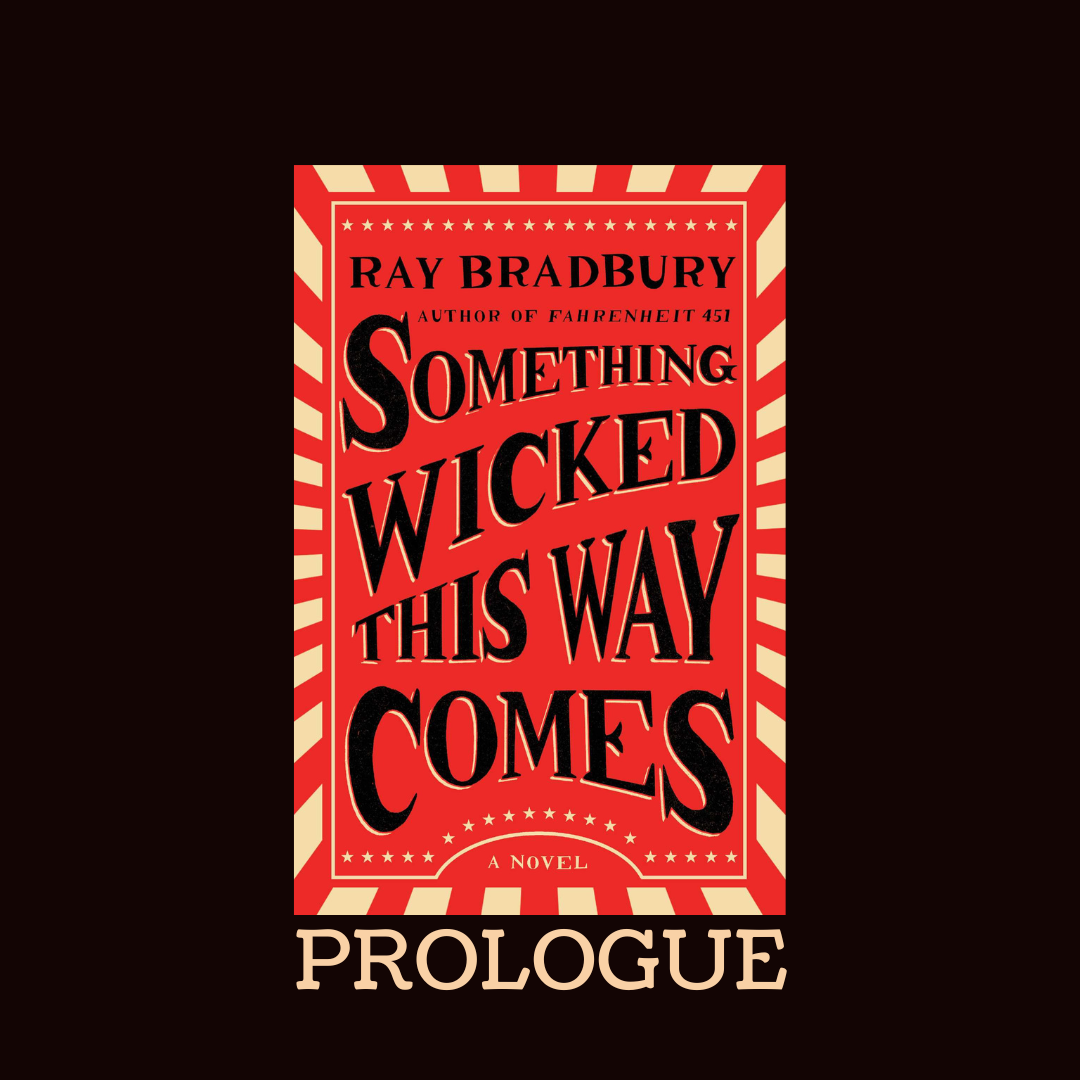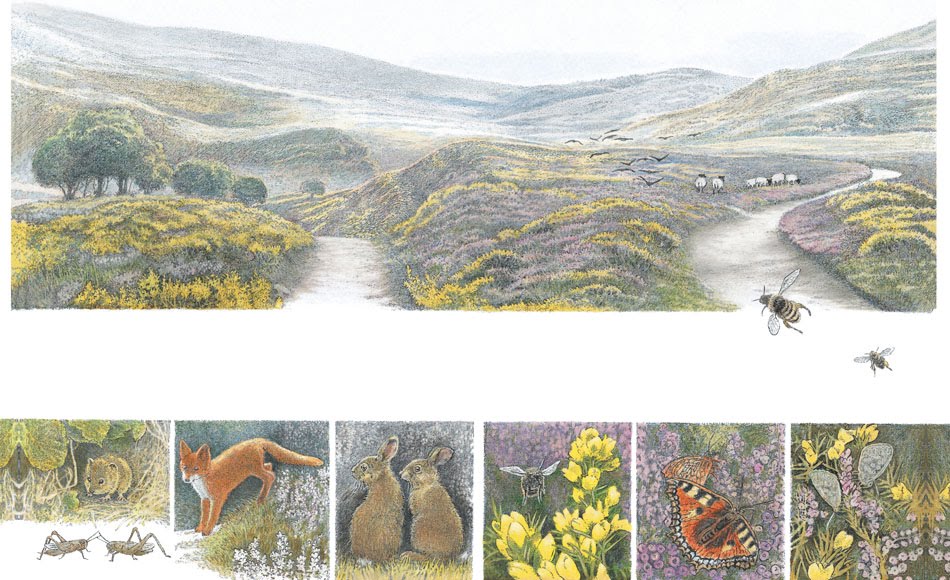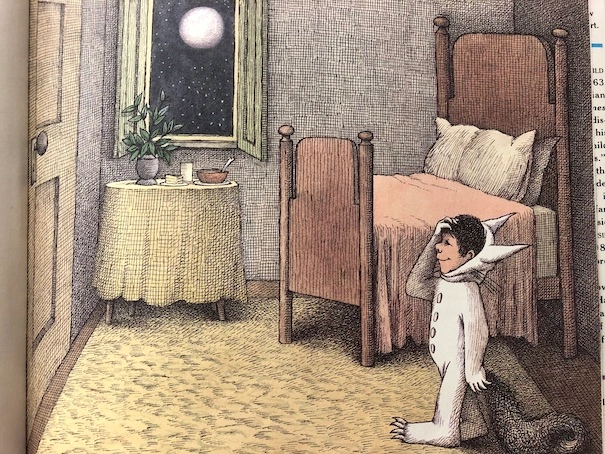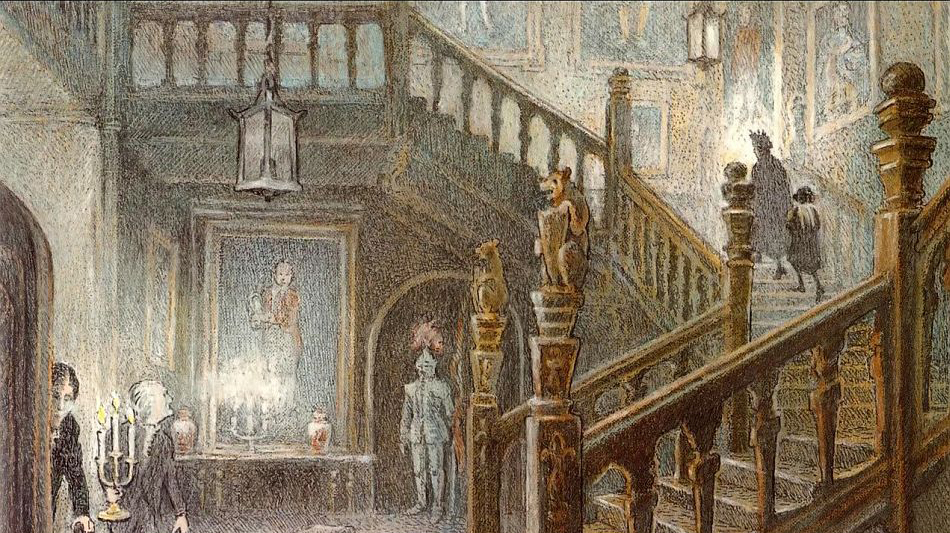In addition to being a practicing visual artist and writer, I have taught both writing and art 3/4 of my life. Although I have NEVER allowed my students to submit a copied piece for a grade, I have always told them that copying more accomplished artists and writers is a wonderful way to learn.

Many of the paintings attributed to both Michelangelo and daVinci are challenged, and that is because both of those great Renaissance masters had a plethora of students who learned from them by copying their work. Michelangelo and daVinci learned by copying. Copying to learn is a recommended way to learn, and evidence of that fact is rooted in tradition.
One of the things I loved most about living in the North for several years is that I was able to visit the best of America’s art galleries and museums numerous times, and I was always delighted to see people in the museums copying the art that our nation has provided for them to study.



Tom’s drawing of Caravaggio’s Supper at Emmaus
Article by Laura Freeman at the Times.com
Earlier today, I posted the Prologue to Ray Bradbury’s Something Wicked This Way Comes, and in a Youtube video, I celebrated both Bradbury and October — the beautiful month of October–and October, as a season of life. I readily acknowledged that I am in the Octotber of my own lifetime and that there are far more years behind me than there are in front of me. Realizing that, I should be like a fish circling a fishbowl, as the water leaks out. Oddly enought, however, I have slowed down enough to truly study some of the fine artists and writers who have come before and have influenced me–in one way or in several ways.
I truly admire Ray Bradbury’s writing, and during the month of October, I hope to share some of what I have learned from Ray Bradbury.
Several times, I have studied Tuck Everlasting, and I have noted several ways that Natalie Babbitt was influenced by [copied] Ray Bradbury. Both Tuck and Something Wicked begin with a Prologue that references a month, and both are studies of Time.

Prologue
“First of all, it was October, a rare month for boys. Not that all months aren’t rare. But there be bad and good, as the pirates say. Take September, a bad month: school begins. Consider August, a good month: school hasn’t begun yet. July, well, July’s really fine: there’s no chance in the world for school. June, no doubting it, June’s best of all, for the school doors spring wide and September’s a billion years away.
Compare Bradbury’s prologue to that of Natalie Babbitt

Tuck Everlasting
Prologue
“The first week of August hangs at the very top of summer, the top of the live-long year, like the highest seat of a Ferris wheel when it pauses in its turning. The weeks that come before are only a climb from balmy spring, and those that follow a drop to the chill of autumn, but the first week of August is motionless and hot. It is curiously silent, too, with blank white dawns and glaring noons, and sunsets smeared with too much color.” Babbitt, Tuck Everlasting
Within five words of Tuck’s beginning, Babbitt alludes to the months of the year and compares the calendar to a Ferris wheel. In doing so, Babbitt has established one of the themes of Tuck Everlasting. Bradbury’s book Something Wicked This Way Comes also deals with the Seasons of life.
Seasons of the Year as Literary Symbols
This spring, I re-read The Secret Garden, and I was stunned by the ways that Maurice Sendak must have been influenced by [copied] that book:
The Moor in The Secret Garden and Maurice Sendak’s The Wild Things.
Many times, I have noted that the writing journey is paved with building blocks. Many time, I have seen evidence that writers are influenced by other writers before them. In chapter 3 of The Secret Garden, I found lines that were almost echoed many years later by Maurice Sendak.
“It’s—it’s not the sea, is it?” said Mary, looking round at her companion.
“No, not it,” answered Mrs. Medlock. “Nor it isn’t fields nor mountains, it’s just miles and miles and miles of wild land that nothing grows on but heather and gorse and broom, and nothing lives on but wild ponies and sheep.” Burnett, pg. 26
In Chapter 4 of The Secret Garden, Mary awakens and discovers that the wallpaper on her room is covered with trees:
Many years later, Maurice Sendak begins his unforgettable picture book as follows:

“That very night in Max’s room a forest grew
and grew –
and grew
and grew until his ceiling hung with vines and the walls became the world all aroundand an ocean tumbled by with a private boat for Max
and he sailed off through night and dayand in and out of weeks
and almost over a year
to where the wild things are,” – Where the Wild Things Are

“It’s—it’s not the sea, is it?” said Mary, looking round at her companion.
“No, not it,” answered Mrs. Medlock. “Nor it isn’t fields nor mountains, it’s just miles and miles and miles of wild land that nothing grows on but heather and gorse and broom, and nothing lives on but wild ponies and sheep.”
Ultimately, Max leaves the land of the wild things.

Max is forced to sail back across that waterway — and when he gets home, he discovers his supper is waiting for him.

Those words were suggested before Sendak by Burnett:
“And then Mary Lennox was led up a broad staircase and down a long corridor and up a short flight of steps and through another corridor and another, until a door opened in a wall and she found herself in a room with a fire in it and a supper on a table.” Burnett, pg. 3
Just this week, I studied the art of Walter Crane–for the first time. I certainly regret that it took me 74 years to discover that great artist and designer.
Walter Crane – His Life, His Influence on Art & Design, & His Contribution to Children’s Literature
For the first time in my life, I am also studying the books created by Tomie dePaola, and I regret that I did not study his books earlier. After my study of Walter Crane, I see that dePaola was influenced by [copied] Crane.
I’ll say more about all of these things later, but today, I am simply officially agreeing that copying and being influenced by other great creators is a fabulous way to learn. But in order to learn from other writers, we must read what they have written and truly study their words. The same is true about studying other visual artists.
The main ticket toward being inspire by what others have done before us is FREE– it’s TIME!
In our rush toward lassoing the next post on our artistic journeys, we often fail to pause for just a moment and to look back at what has brought us this far:
“Slow Down….
“Slow down, you move too fast
You got to make the morning last
Just kicking down the cobblestones
Looking for fun and feelin’ groovy
Ba da da da da da da, feelin’ groovy
“Hello, lamppost, what’cha knowin’?
I’ve come to watch your flowers growin’
Ain’t’cha got no rhymes for me?
Doot-in doo-doo, feelin’ groovy
Ba da da da da da da, feelin’ groovy
“I got no deeds to do
No promises to keep
I’m dappled and drowsy and ready to sleep
Let the morning time drop all its petals on me
Life, I love you
All is groovy.” – Paul Simon
We all need to learn this lesson from Paul Simon
Speaking about The Seasons of Life and Learning from Paul Simon, Feast on the Following:
Discover more from Jacki Kellum
Subscribe to get the latest posts sent to your email.
